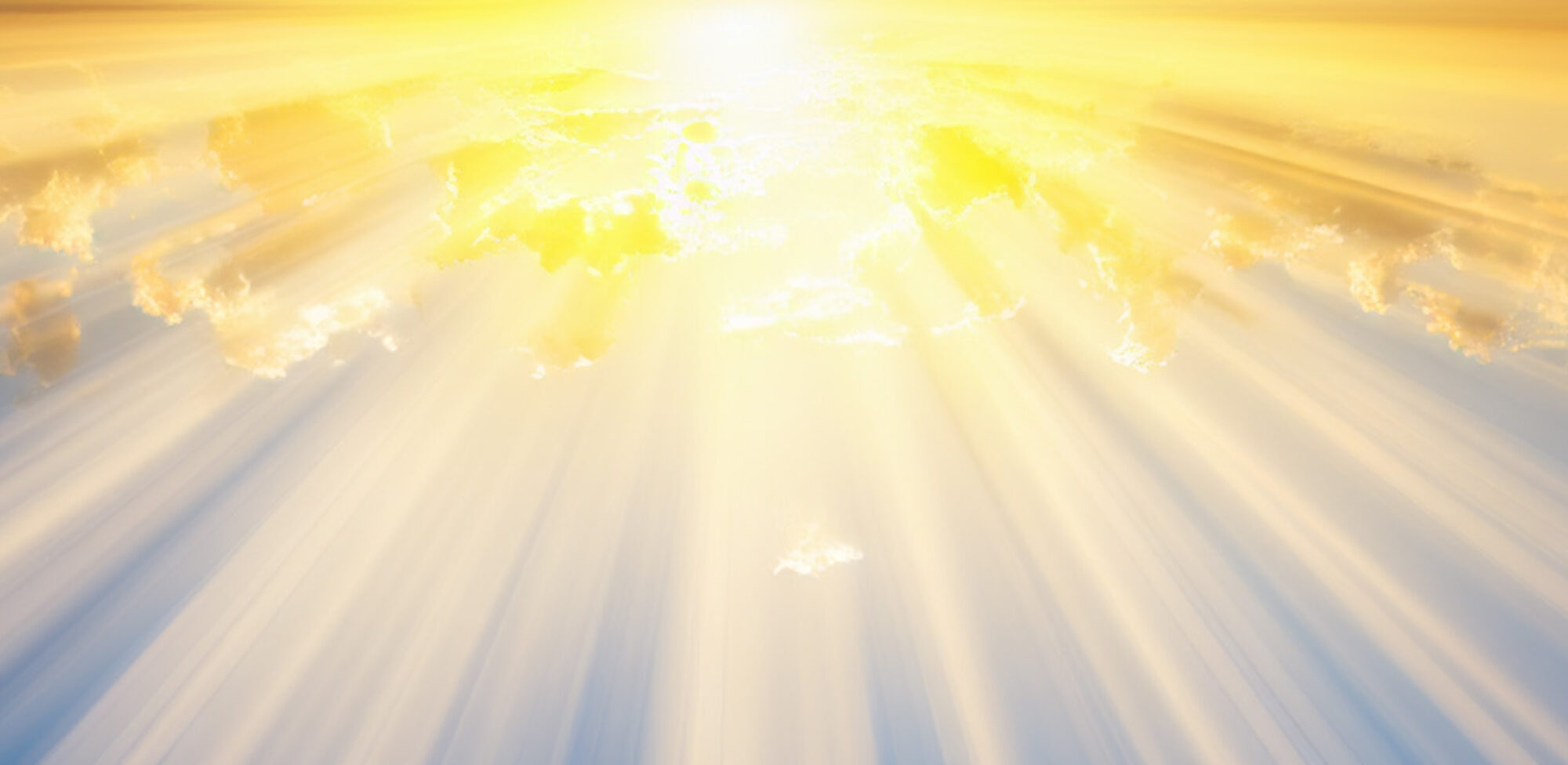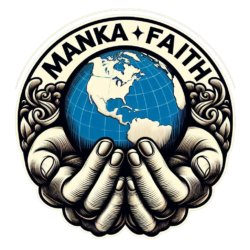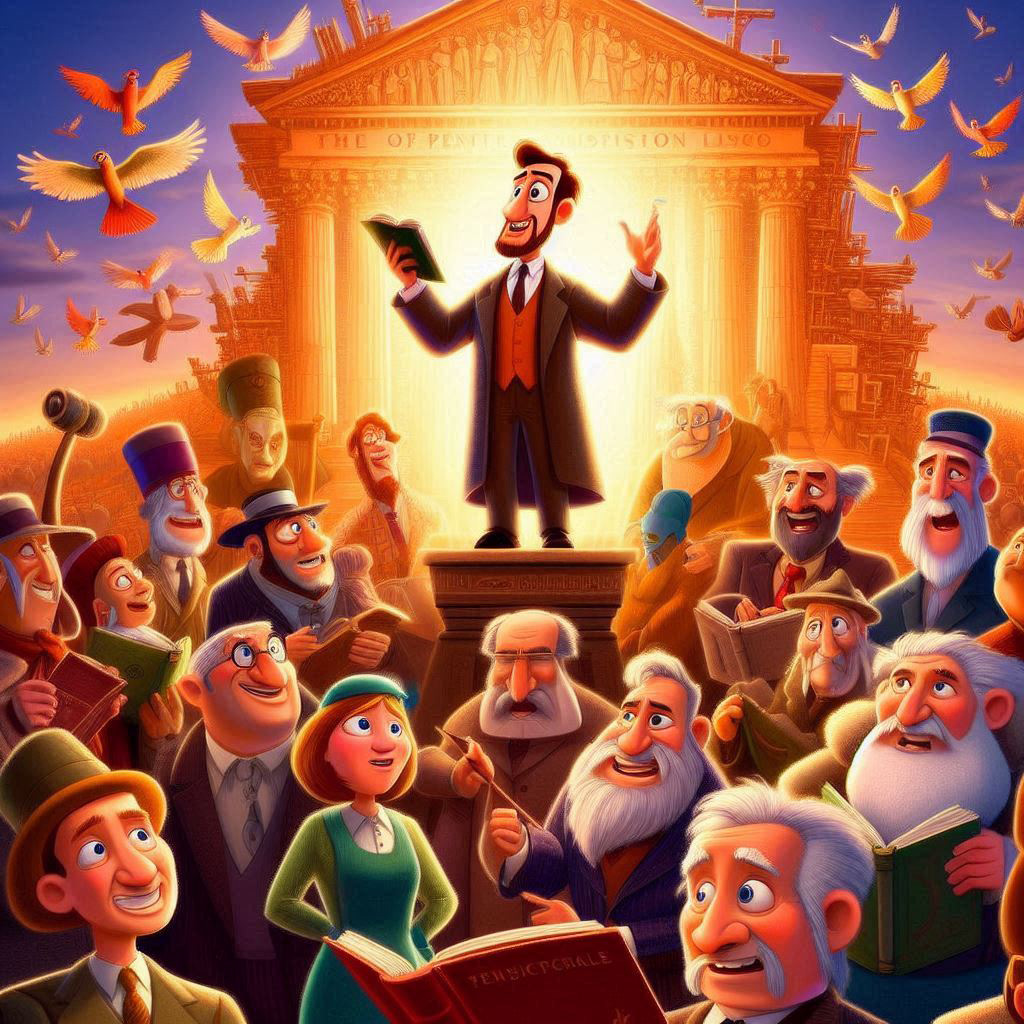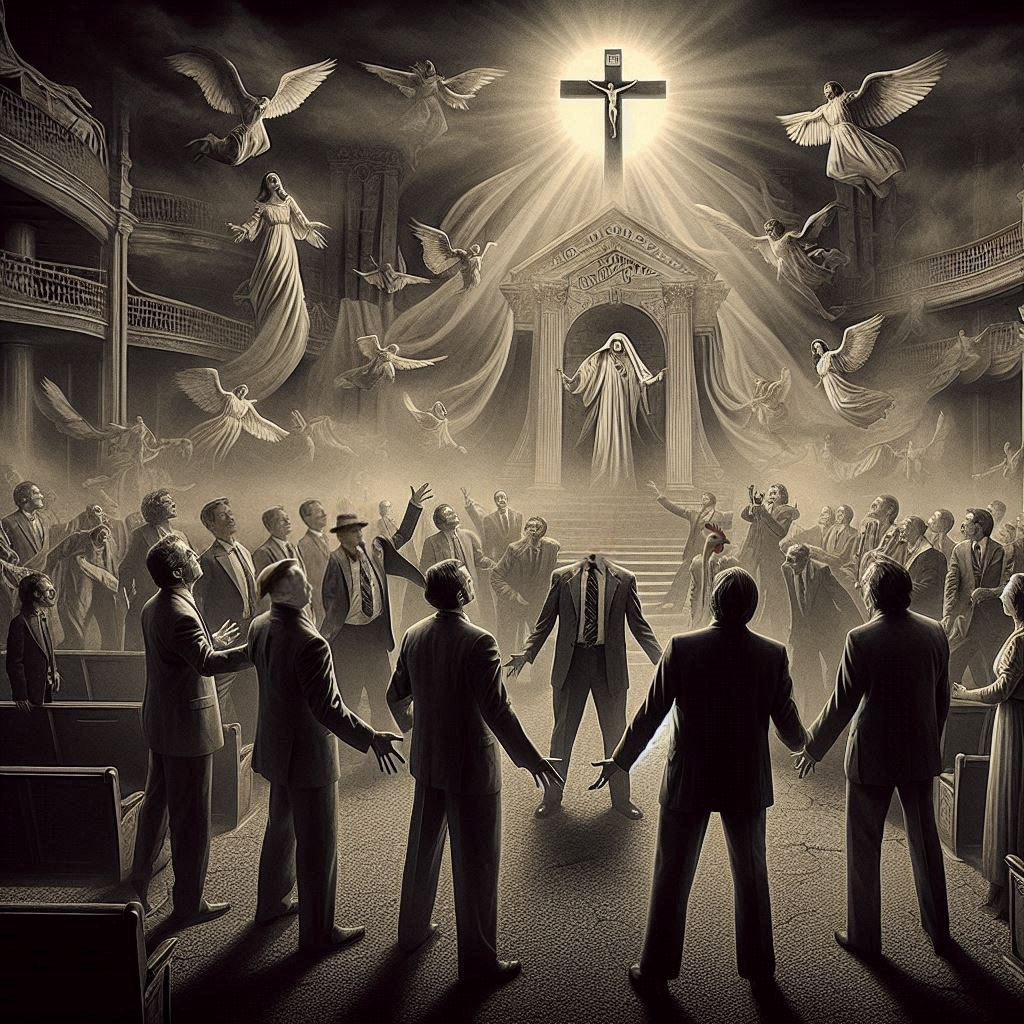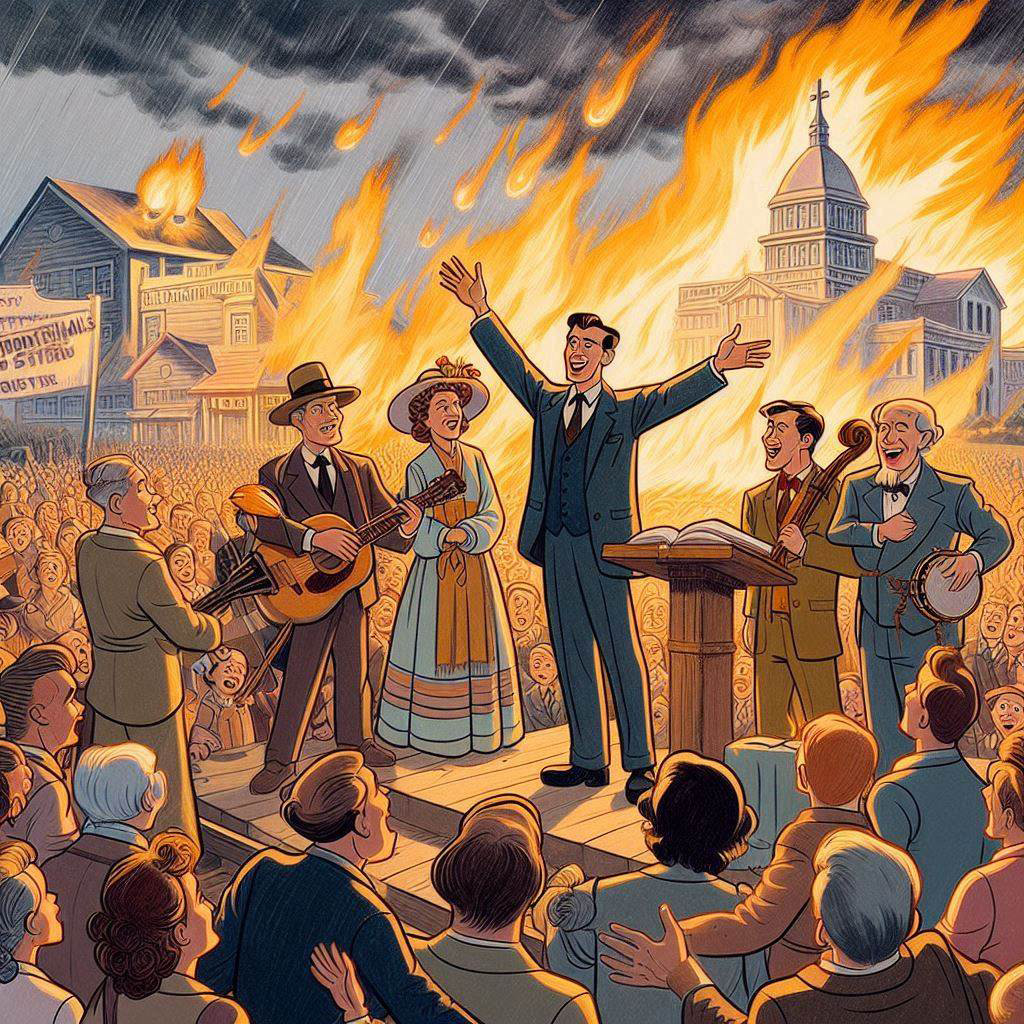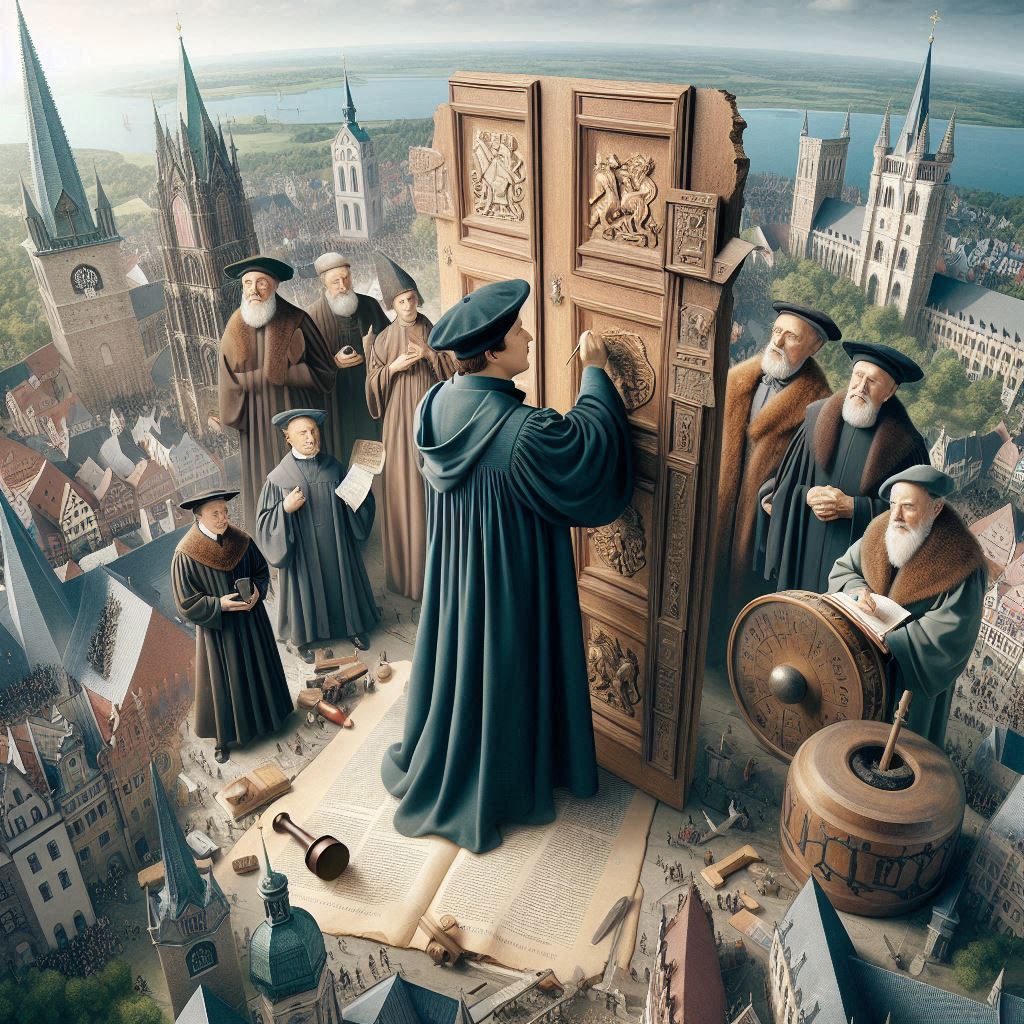What Was The Deal With Vatican II?
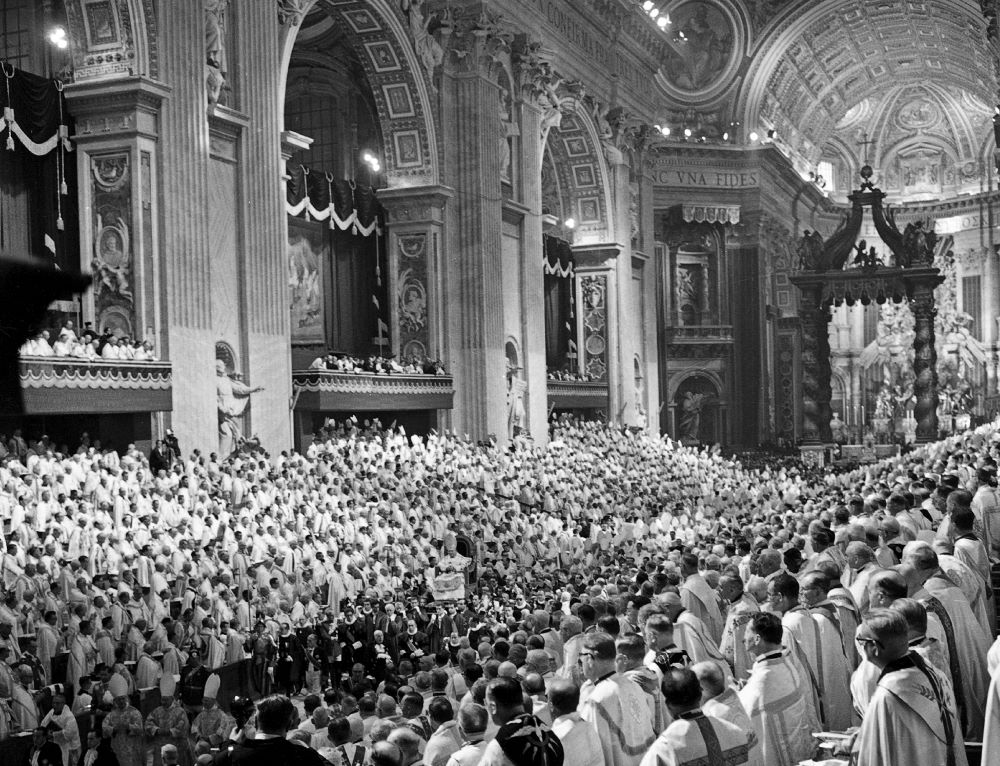
What Was The Deal With Vatican II?
In the not-so-distant past (October 11, 1962 – December 8, 1965), in the mystical realm of Vatican City, there arose a great gathering known as the Second Vatican Council. Picture if you will, a cosmic congregation of bishops, theologians, and pontiffs, all donning their ecclesiastical garb and convening under the hallowed roof of St. Peter’s Basilica.
Now, this wasn’t your run-of-the-mill church picnic, oh no. This was a seismic shift in the tectonic plates of Catholic tradition. The Vatican, in its infinite wisdom (and perhaps a dash of existential crisis), decided it was high time for a spiritual makeover, a renovation of the divine blueprint, if you will.

Enter Pope John XXIII, a man with the audacity to dream big and the humility to admit that maybe, just maybe, the Church could use a bit of sprucing up. He threw open the windows of the Vatican, both literally and metaphorically, inviting in the fresh breeze of modernity and dialogue.
And thus, Vatican II was born, a cosmic collision of tradition and progress, dogma and innovation. They tackled weighty matters like the role of the Church in the modern world, the liturgy, ecumenism, and religious freedom. It was like watching the universe itself unfold in real-time, with each decree and declaration reshaping the cosmic fabric of Catholicism.
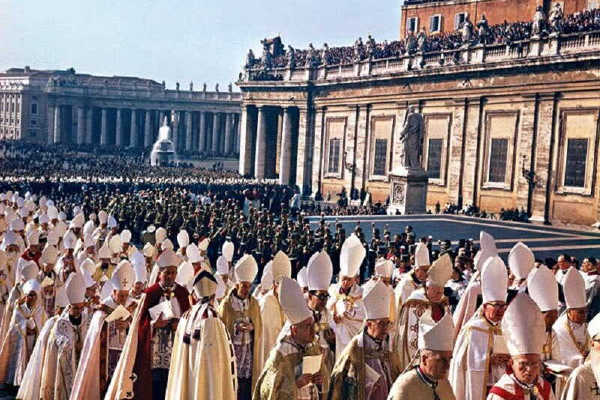
But like any good Biblical tale, Vatican II was not without its moments of absurdity and dark humor. Imagine bishops from around the globe, decked out in their finest robes, engaging in heated debates over whether to switch from Latin to the vernacular in their liturgical rites. Picture the perplexed looks on their faces as they grappled with the mysteries of divine revelation in a rapidly changing world.
Yet amidst the chaos and confusion, there emerged moments of clarity and grace. The Council fathers, inspired by the spirit of renewal, forged ahead with boldness and conviction, charting a course for the Church in the modern age.

And so, dear reader, the curtain falls on our cosmic drama, with Vatican II standing as a testament to the enduring quest for truth and transformation.
For in the end, perhaps the greatest miracle of all is the capacity of humanity to evolve, to adapt, and to embrace the mystery of the divine with open hearts and minds. So it goes.
 God’s Intern (Todd) – MANKA FAITH’S GOD BLOG
God’s Intern (Todd) – MANKA FAITH’S GOD BLOG
The History Of Lutheranism
The History Of Lutheranism
In the quiet corners of medieval Europe, amidst the whispers of the faithful and the shadows of ancient cathedrals, a rumbling began. It was a murmur of discontent, a yearning for truth unadorned by the opulence of the Church. This rumbling found its voice in a humble monk named Martin Luther.

Picture him, if you will, in his monastic cell, his eyes alight with the fire of revelation. Born of ink and parchment, Luther’s words were like thunderclaps in the tranquil landscape of religious orthodoxy. He dared to challenge the established order, to question the very foundations upon which the Church stood.
With the stroke of a quill, Luther ignited a conflagration that would sweep across Europe, leaving in its wake a new religious movement: Lutheranism.
But this was no mere rebellion; it was a reformation, a reclaiming of the true essence of Christianity from the clutches of corruption and excess.
The story of Lutheranism is one of upheaval and renewal, of fervent believers standing against the tide of tradition. It is a tale of courage and conviction, of ordinary men and women defying the powers that be in the name of faith.
Yet, as with all revolutions, Lutheranism was not without its trials and tribulations. The fires of persecution raged hot, threatening to consume those who dared to embrace this new way of worship. But like a sturdy oak in the midst of a storm, Lutheranism stood firm, its roots anchored deep in the soil of truth.

And so, the Lutheran faith endured, spreading its branches far and wide, casting a shadow of hope upon a world shrouded in darkness. From the cobblestone streets of Wittenberg to the distant shores of America, the legacy of Martin Luther lives on, a beacon of light in a world fraught with uncertainty.
In the end, the history of Lutheranism is not just a chronicle of religious doctrine; it is a testament to the indomitable spirit of humanity, a reminder that even in our darkest hours, faith has the power to illuminate the path forward.
